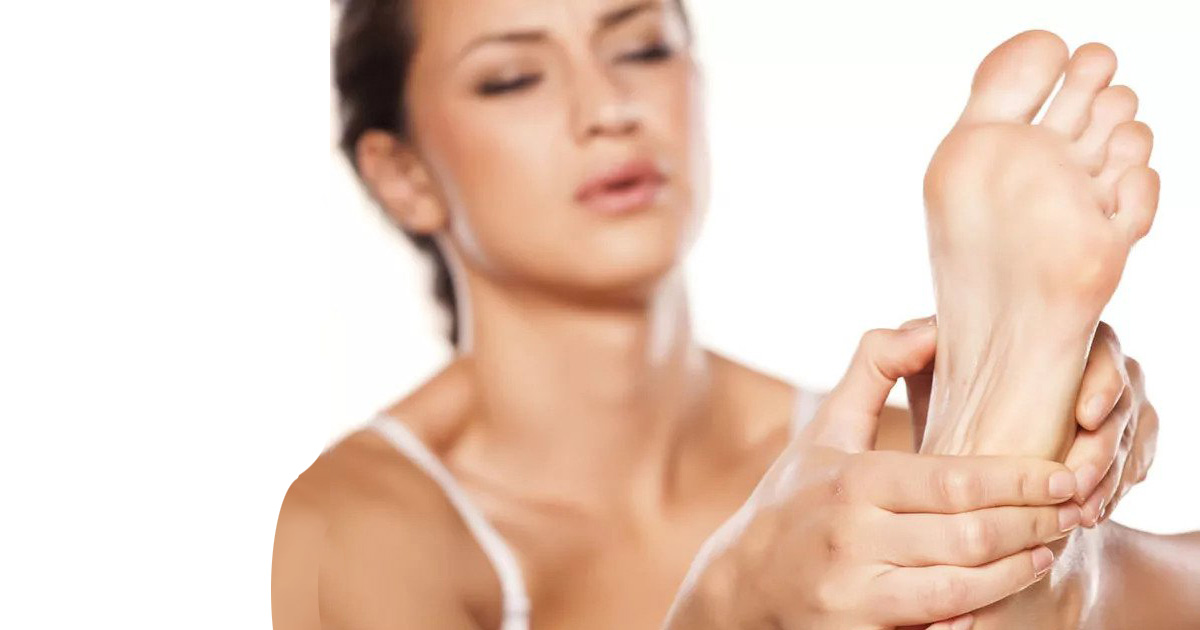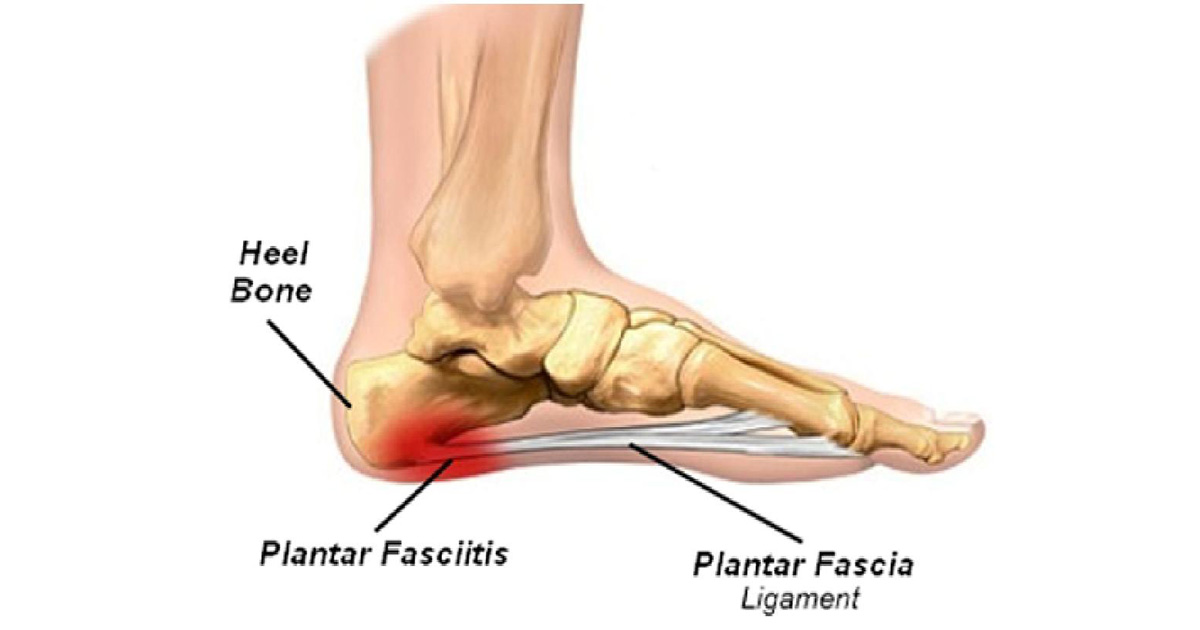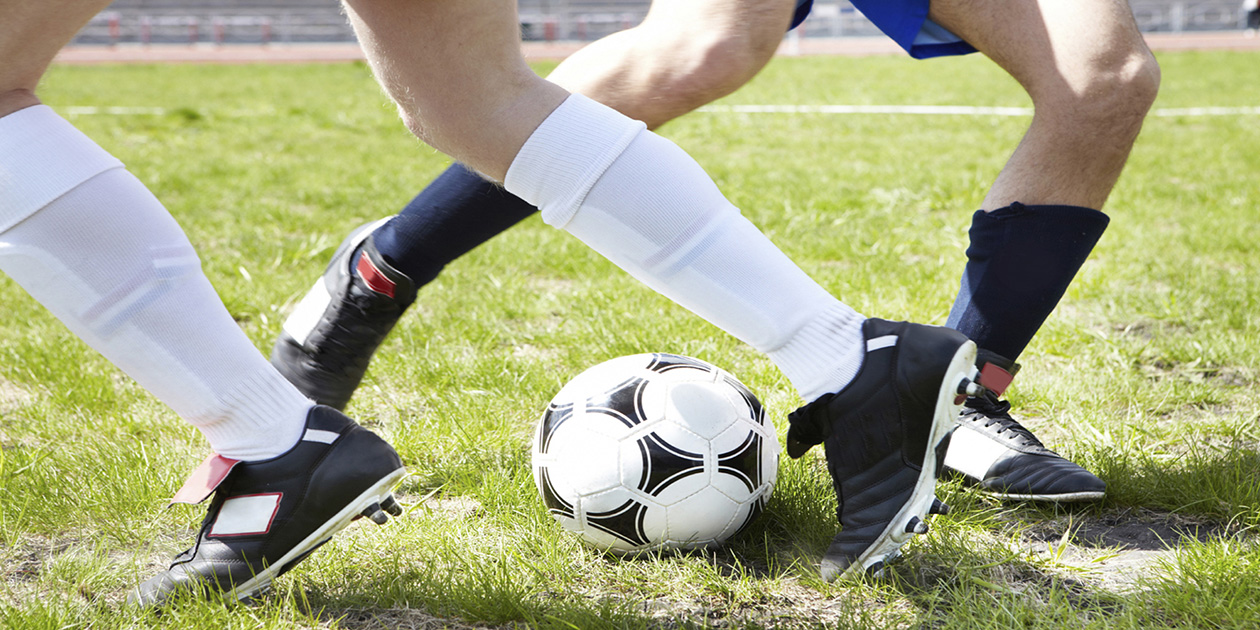After you’ve run, walked, worked out, hiked, played your favorite sport, what do you put on your feet? Everything starts with your feet – your transport, your moves, and your activity every day! How do you thank them after you’ve worked them hard? You put on the oldest; worn-out pair of shoes or slippers you own. Your feet are tired and sore and deserve a little attention.
Your feet hold your weight, balance, propel you, and absorb shock. Yes, there they are at the end of your legs stabilizing your every move. Don’t take them for granted.
Think about it each foot has 26 bones, 33 joints, and have more than 100 muscles, tendons and ligaments. The average person walks 180,000 kilometers in a lifetime; the equivalent to walking 5 times around the world. Your arch bears between 90,000 and 135,000 kilograms of stress. 75% of people experience some type of foot pain.
Your feet are looking for some cushioning and support. Here are a few brands we carry and why –
- Aetrex Flips – best indoor slipper with extreme cushioning, shock absorption and durability. They have an arch support to help stabilize and align the feet and a metatarsal support to help reduce the ball of the foot discomfort
- OOfus Sandals – known as the recovery sandal made with OOfoam technology absorbs impact and gives the perfect blend of cushion and stability. They support the arch to reduce energy exertion in the ankles.
- Asics, Brooks, New Balance and Saucony are our top athletic brands and all have technology-specific to them for cushioning, support, stability and motion control. Every style of every brand has unique qualities that are designed to help you perform better and recover faster.
The most important thing is to come in and be measured, let us watch your gait and try on as many styles as you like to see what makes your feet feel amazing.
And just a little more information, we have a 3D scanner named ‘Albert’ that will digitally scan and take pictures of your feet to determine not only the pressure points but the arch length, foot differentiation, instep girth and recommend solutions. And best of all we have an amazing staff of experienced footwear specialists, two Canadian Certified Pedorthists and two bracing specialists! Keeping you educated is on us!
Come on into Soles in Motion, 133 Baker Drive, Dartmouth!
-Submitted by Jen Estabrooks, Co-Owner, Certified Brace Specialist










